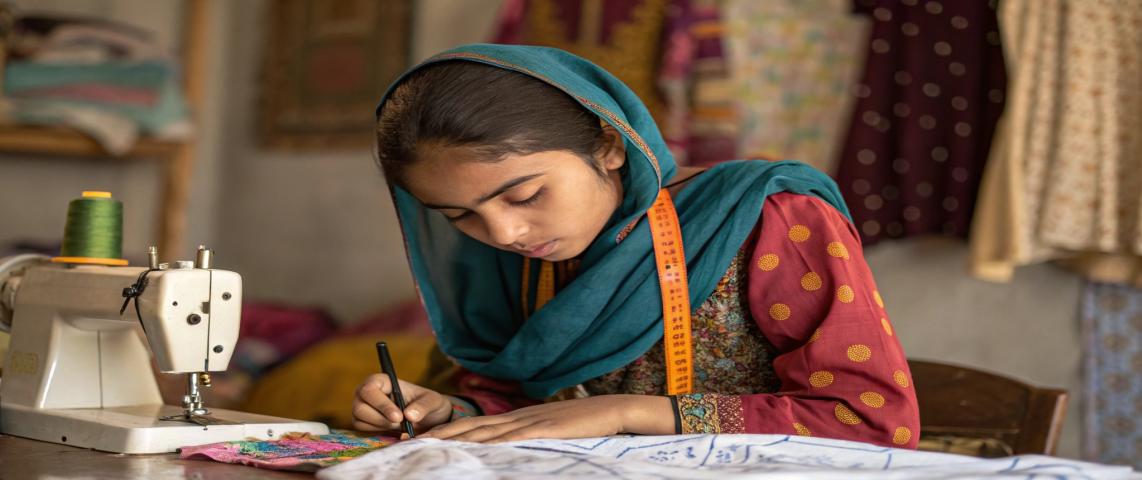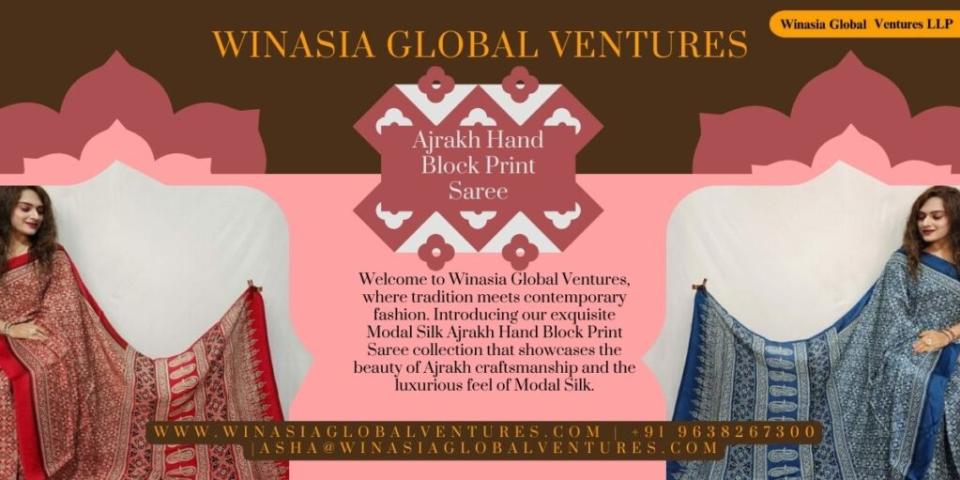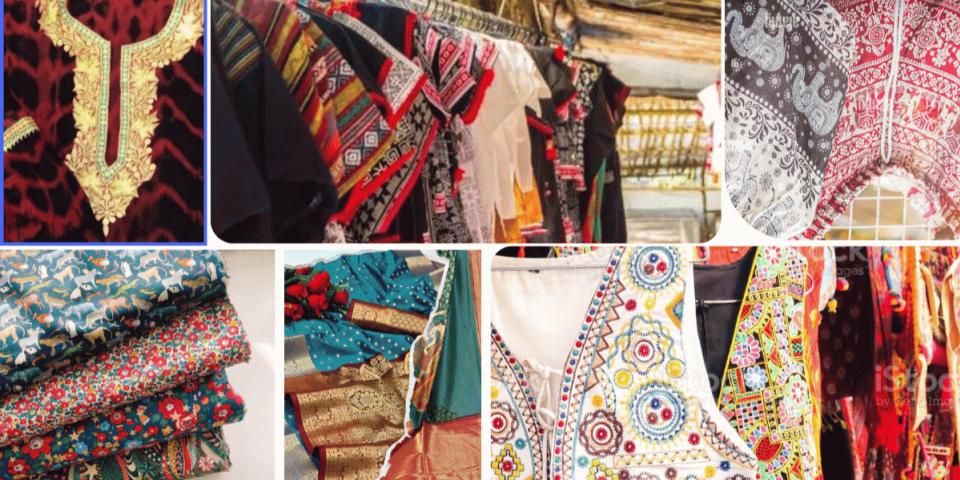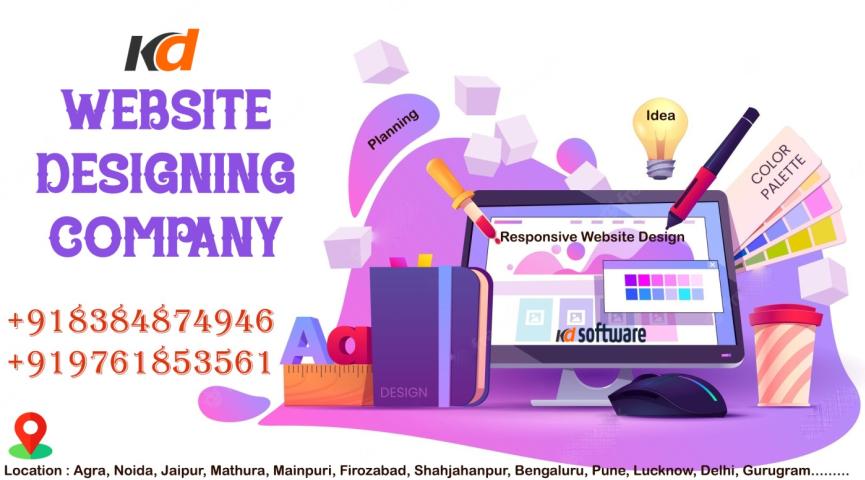In today's interconnected world, global trends significantly shape various industries, and fashion design is no exception. From the rise of sustainability to technological advancements, global trends are redefining the fashion industry and influencing the careers of fashion designers. Understanding these trends is crucial for aspiring and established fashion designers to stay relevant and competitive.
1. Sustainability and Ethical Fashion
One of the most prominent global trends affecting fashion designing careers is the growing emphasis on sustainability. With increasing awareness about environmental issues, consumers are demanding eco-friendly and ethically produced clothing. Fashion designers are now required to incorporate sustainable practices, such as using recycled materials, reducing waste, and ensuring fair labor practices. Designers who embrace these practices not only align with global trends but also attract a conscious consumer base.
Example: Brands like Stella McCartney and Patagonia are leading the way in sustainable fashion, inspiring designers to adopt similar practices in their work. Fashion Designing Classes in Pune
2. Technological Innovations
Technology is revolutionizing fashion design, offering new tools and methods that impact how designers create and present their work. Innovations such as 3D printing, virtual reality (VR), and artificial intelligence (AI) are transforming the design process. Designers can now experiment with complex patterns and materials, visualize their creations in virtual environments, and even use AI to predict fashion trends.
Example: The use of 3D printing allows designers to create intricate designs that were previously impossible with traditional methods.
3. Diversity and Inclusivity
Global trends are also pushing for greater diversity and inclusivity in fashion. There is a growing demand for fashion that represents a wide range of body types, ethnicities, and cultures. Designers who embrace this trend not only broaden their audience but also contribute to a more inclusive industry.
Example: Brands like Fenty by Rihanna have set a new standard by offering a wide range of sizes and celebrating diverse beauty standards.
4. Digital Transformation
The digital age has transformed how fashion designers market and sell their creations. Social media platforms, online shopping, and digital fashion shows are now integral to the fashion industry. Designers must adapt to these digital platforms to reach a global audience, build their brand, and engage with consumers in innovative ways.
Example: The rise of Instagram has allowed designers to showcase their collections to a global audience without the constraints of traditional fashion shows.
5. Globalization of Fashion
Fashion is increasingly influenced by global cultures and trends. Designers are drawing inspiration from diverse cultures, leading to a fusion of >
Example: The incorporation of traditional African prints into high fashion collections highlights the blending of global influences in contemporary design.
FAQ
Q1: How does sustainability impact a fashion designer's career?
A1: Sustainability is increasingly important in fashion. Designers who integrate eco-friendly practices and materials into their work can attract environmentally conscious consumers and build a reputation for responsible design. This alignment with global trends can lead to increased opportunities and recognition in the industry. Visit - Fashion Designing Course in Pune
Q2: What technological advancements should fashion designers be aware of?
A2: Fashion designers should familiarize themselves with advancements such as 3D printing, which allows for innovative design possibilities, and virtual reality, which can be used for virtual fashion shows and design visualization. Artificial intelligence is also becoming a tool for predicting trends and personalizing customer experiences.
Q3: Why is diversity important in fashion design?
A3: Embracing diversity and inclusivity in fashion design is essential for reflecting a wide range of cultural and personal identities. It helps designers reach a broader audience and supports a more equitable industry by challenging traditional beauty standards and offering products that cater to diverse needs.
Q4: How can designers leverage digital platforms effectively?
A4: Designers can use digital platforms such as social media, online marketplaces, and digital fashion shows to showcase their work, connect with a global audience, and build their brand. Effective use of these platforms can enhance visibility, engage with consumers, and drive sales.
Q5: What role does globalization play in modern fashion design?
A5: Globalization allows designers to incorporate diverse cultural influences into their work, leading to innovative and unique designs. It also offers opportunities for collaboration with international brands and exposure to global markets, enriching the fashion industry with a variety of perspectives and >








